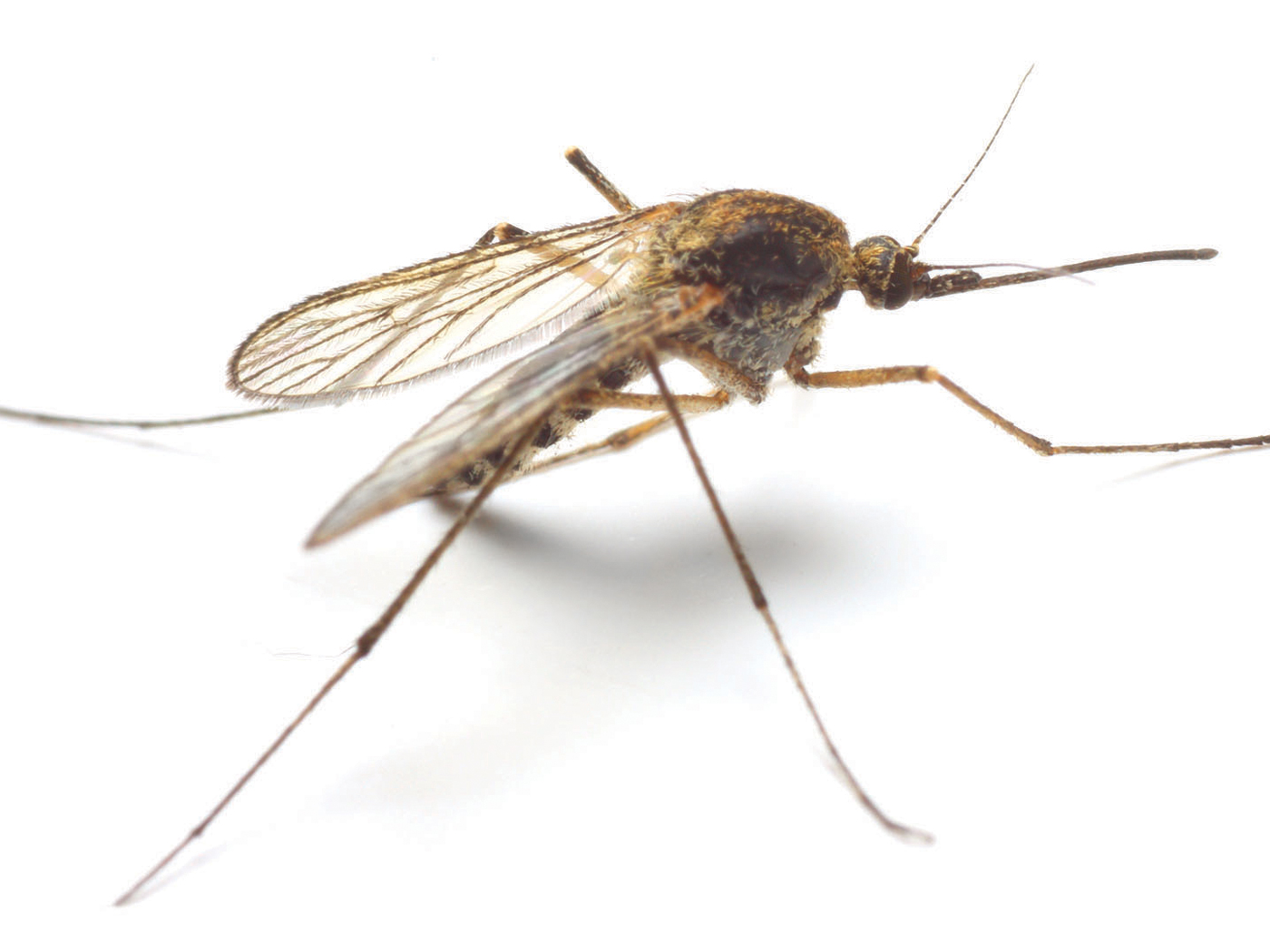In the deep, dark, cold waters of the Pacific Ocean—about 1,500 feet below the surface— hundreds of Humboldt squid the size of small humans (~ 5 feet long) were recently observed feeding on a school of lantern fish only about 3 to 4 inches long. The scientists used a high-tech remotely operated vehicle (ROV) with highly sophisticated photographic equipment to document the squid’s behavior. What they discovered was shockingly sophisticated.1
The squid were found to zip past each other with incredible speed and precision and, remarkably, never collided with each other when competing for prey. So, how did these high-speed maneuvers in the near-total darkness of the deep ocean occur? The amazing answer appears to be a highly sophisticated form of visual signaling and recognition involving a form of light production called bioluminescence.
Just like humans use softly lit eBook readers to visualize and read their favorite novel at night, the squids have the ability to softly illuminate highly elaborate skin patterns using sophisticated light-producing organs in their muscles. Like an eBook reader, this allows for a type of backlighting to reveal shifting pigmentation patterns in their skin. But even more amazing is the fact that the squid may be using these skin pigmentation patterns to signal one another. It’s like a high-speed way of saying, “That’s my fish! Don’t get in my way!”
Indeed, the researchers confirmed that the squid's pigmentation patterns relate to specific social contexts, such as voracious feeding in a tight group or just swimming around at a distance from one another. In fact, the researchers also believed there was good evidence that the different pigmentation behaviors could actually be further broken down into distinct informational units that are recombined to form different messages.
Evolutionists have no good explanation for how this highly sophisticated deep-water adaptive trait could have arisen through random evolutionary processes. Other types of squid living in shallow waters, where light is abundant, don't have these light-producing organs. Such a complex trait involves probably hundreds of genes and a host of complex physiological signaling pathways to produce—along with the means to recognize and behaviorally process the sophisticated messages. These traits can only be attributed to an all-powerful Creator that engineered these squids from the beginning.
References
1. Burford, B.P. and B.H. Robison. 2020. Bioluminescent backlighting illuminates the complex visual signals of a social squid in the deep sea. Proceedings of the National Academy of Sciences of the United States of America. March 23, 2020. 201920875; DOI: 10.1073/pnas.1920875117.
*Dr. Tomkins is Life Sciences Director at the Institute for Creation Research and earned his doctorate in genetics from Clemson University.
Deep Water Squid Communication Mystifies Scientists
The Latest
Rhino Fossil Requires the "Impossible" from Conventional...
A recent study published in Nature Ecology & Evolution claims that the “impossible” actually happened—not just once, but three...
December 2025 ICR Wallpaper
"Come now, and let us reason together," Says the LORD, "Though your sins are like scarlet, They shall be as white as snow; Though they...
The Bipedal Two-Step of Human Evolution
The supposed evolution of bipedalism continues to be a major obstacle in the narrative that humans evolved from apelike ancestors.1,2
For...
CREATION PODCAST
The James Webb Space Telescope vs The Big Bang | The Creation...
When you look into the night sky, you’re seeing light that has traveled incredible distances to reach you. For centuries, astronomers have used telescopes...
CREATION PODCAST
Dr. Randy Guliuzza | From Learning to Leadership | The Creation...
For more than 50 years, the Institute for Creation Research has continued its mission to show how scientific evidence confirms the truth of Scripture....
Announcing the Acts & Facts Kids Edition for 2025!
Hi, kids!
Have you ever stopped to think about just how wonderful and amazing our world really is? Everywhere you look, from the tiniest bug to the...
Thanksgiving in Heaven
"And the four and twenty elders, which sat before God on their seats, fell upon their faces, and worshipped God, Saying, We give thee thanks, O...
Kids Edition 2025: Human Eyes
Hi, kids! We created a special Acts & Facts just for you! Have fun doing the activities while learning about the wonderful world God...
Kids Edition 2025: Dinosaur Art & Artifacts
Hi, kids! We created a special Acts & Facts just for you! Have fun doing the activities while learning about the wonderful world God...
Kids Edition 2025: Pluto & Dwarf Planets
Hi, kids! We created a special Acts & Facts just for you! Have fun doing the activities while learning about the wonderful world God...




















